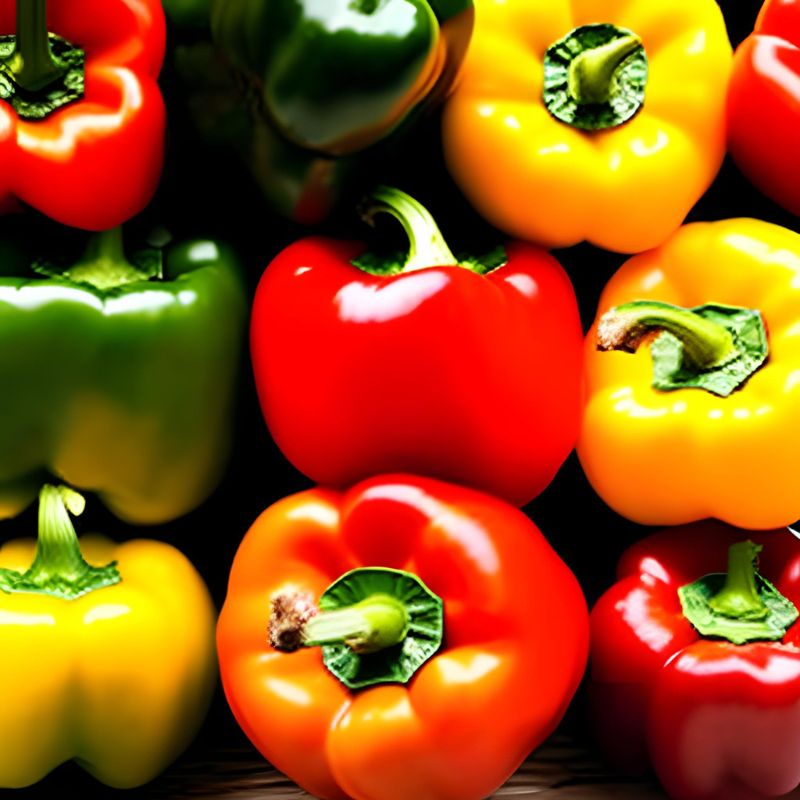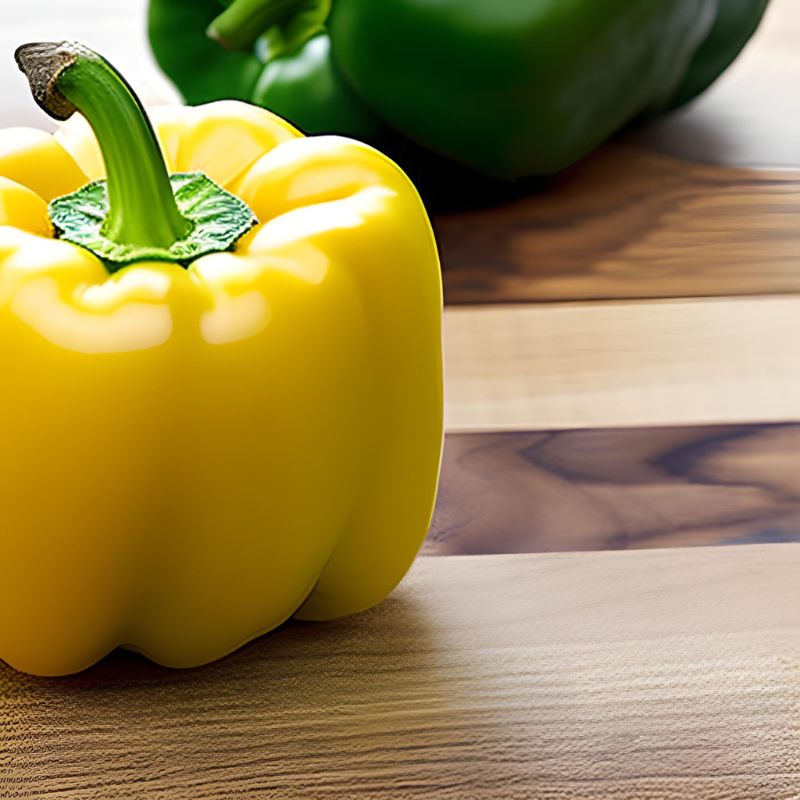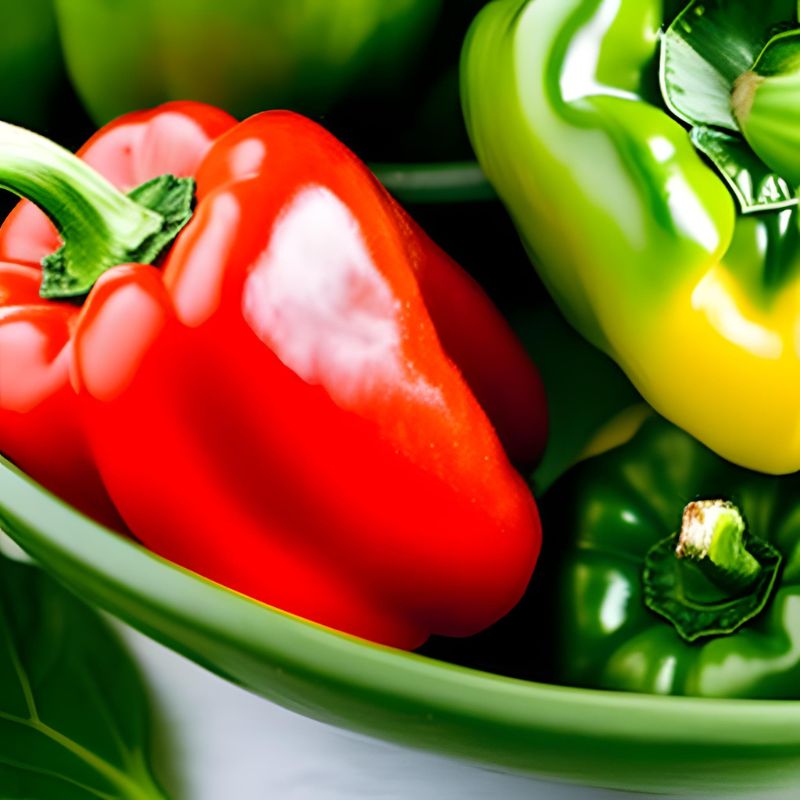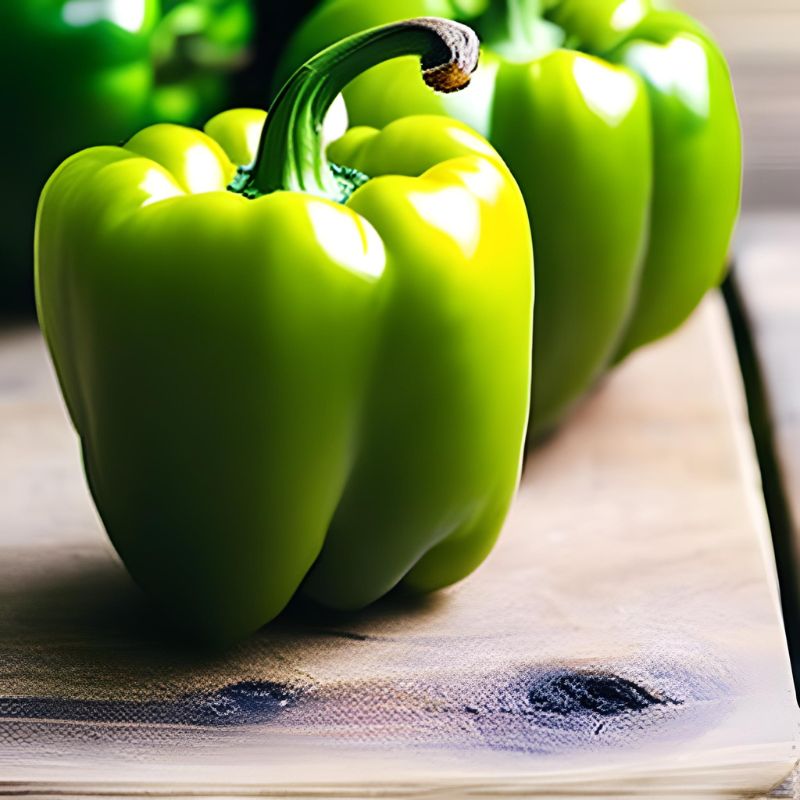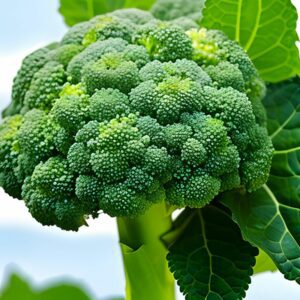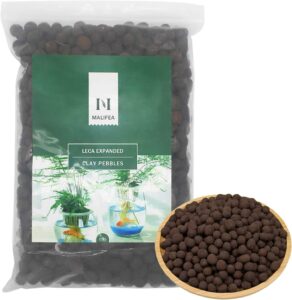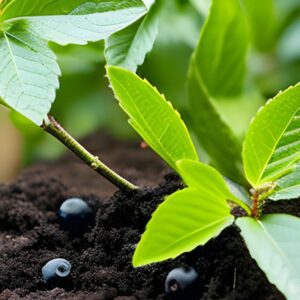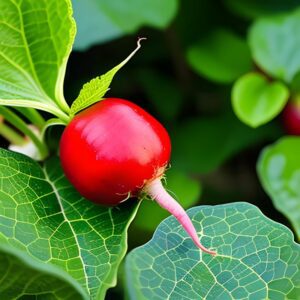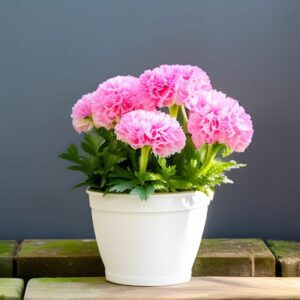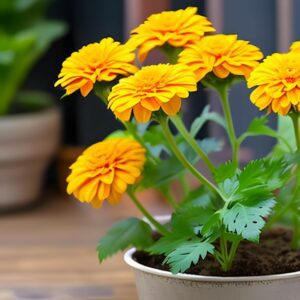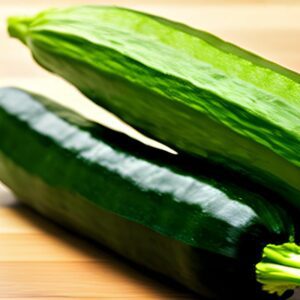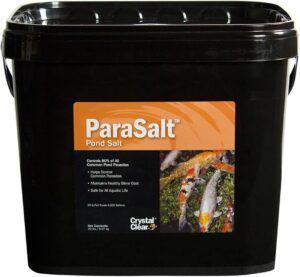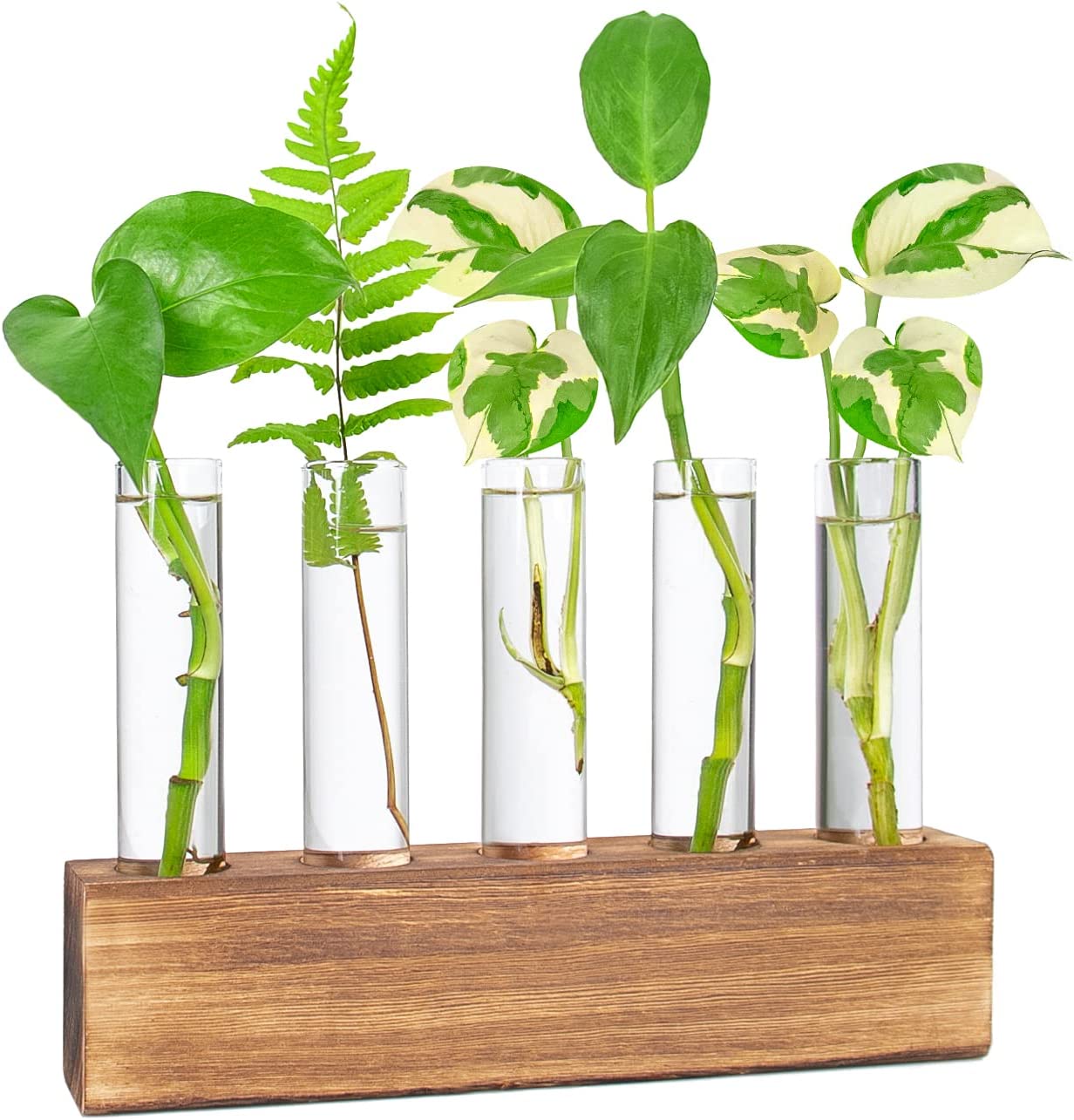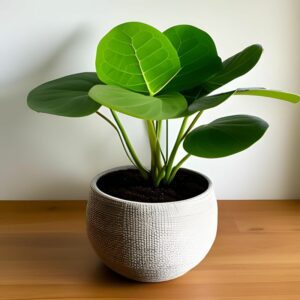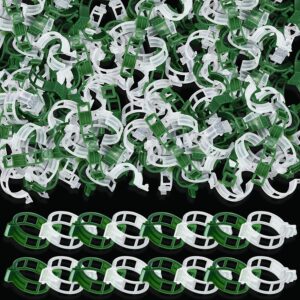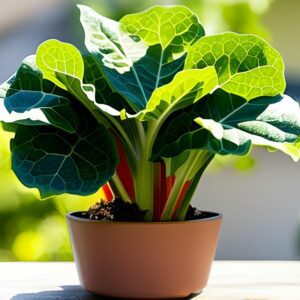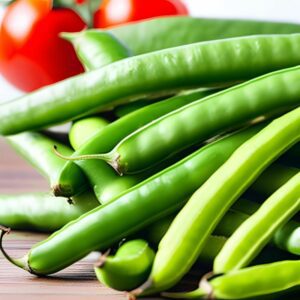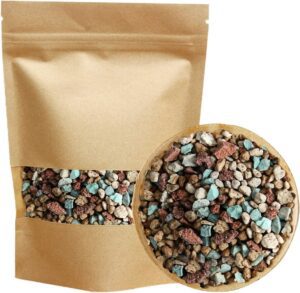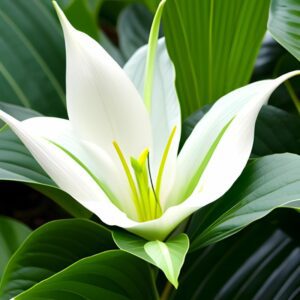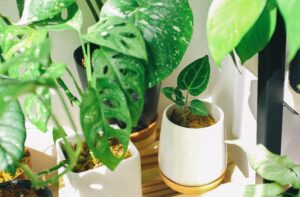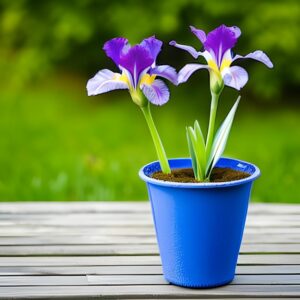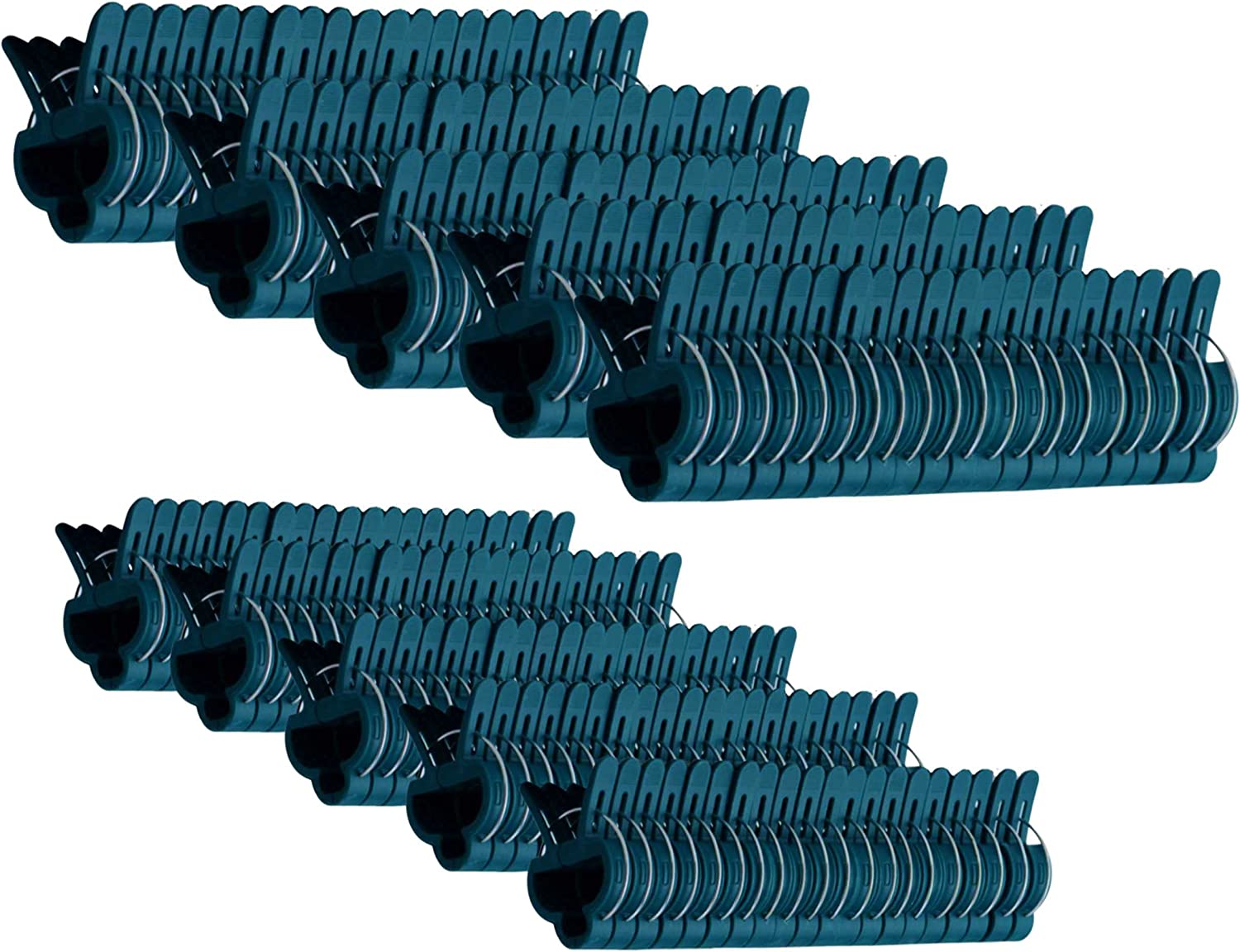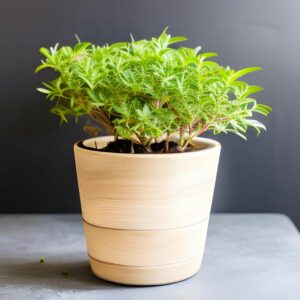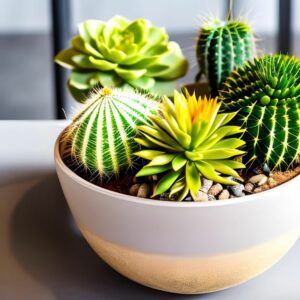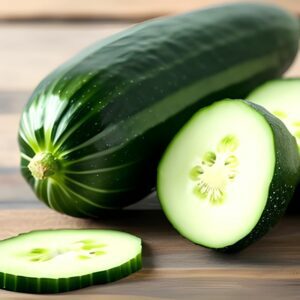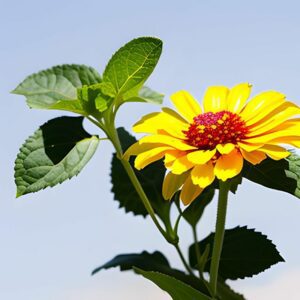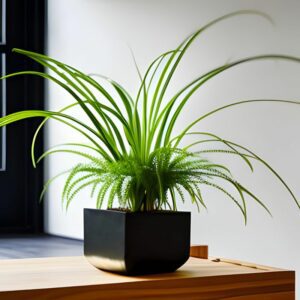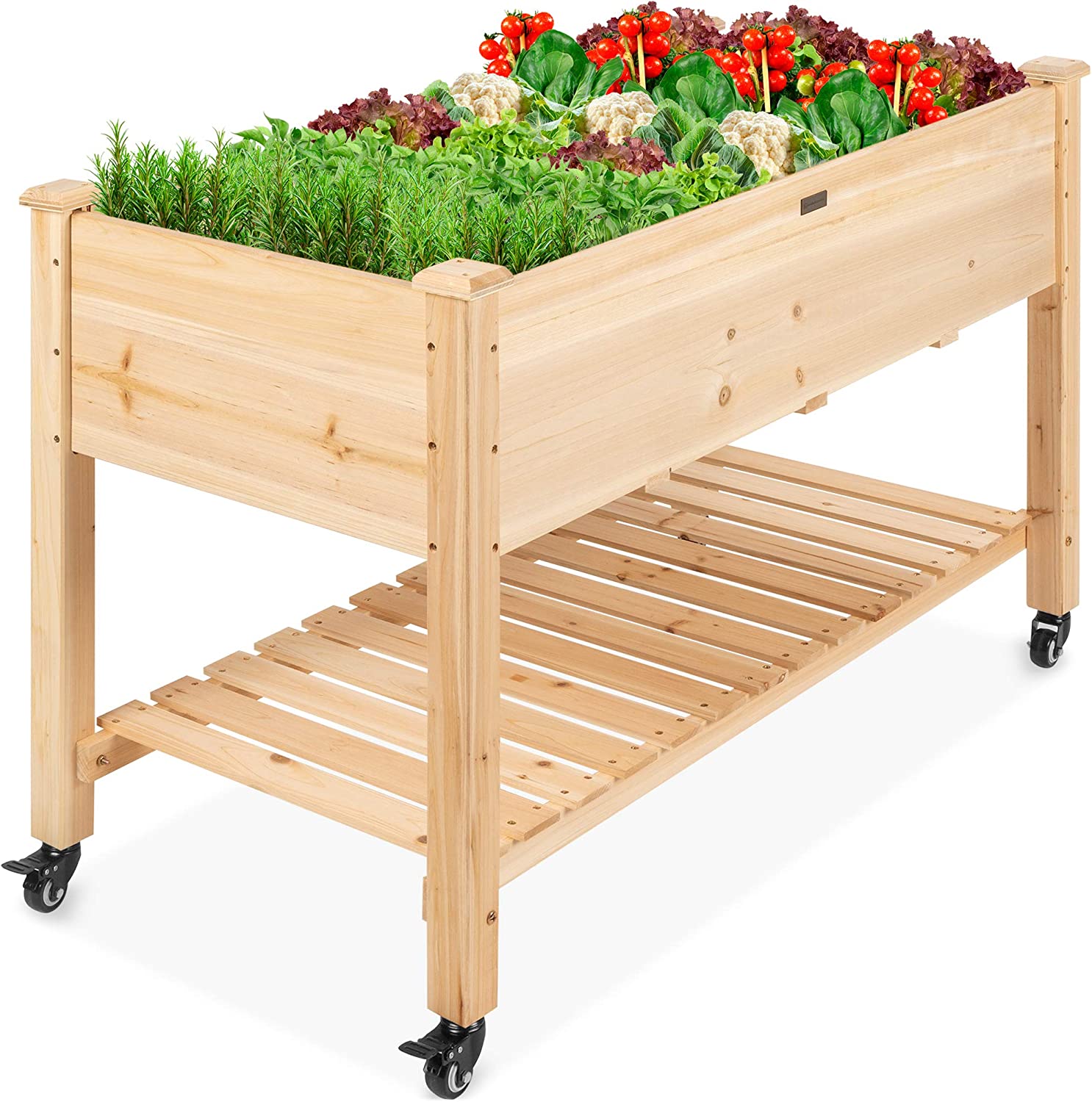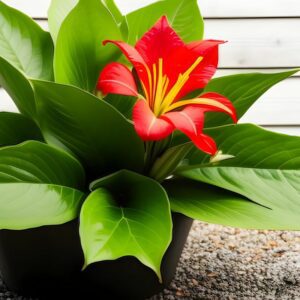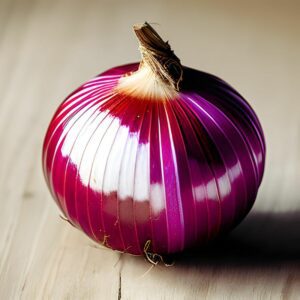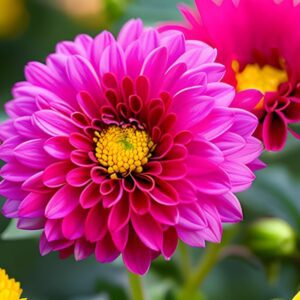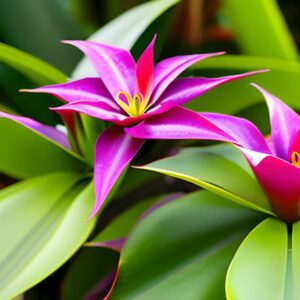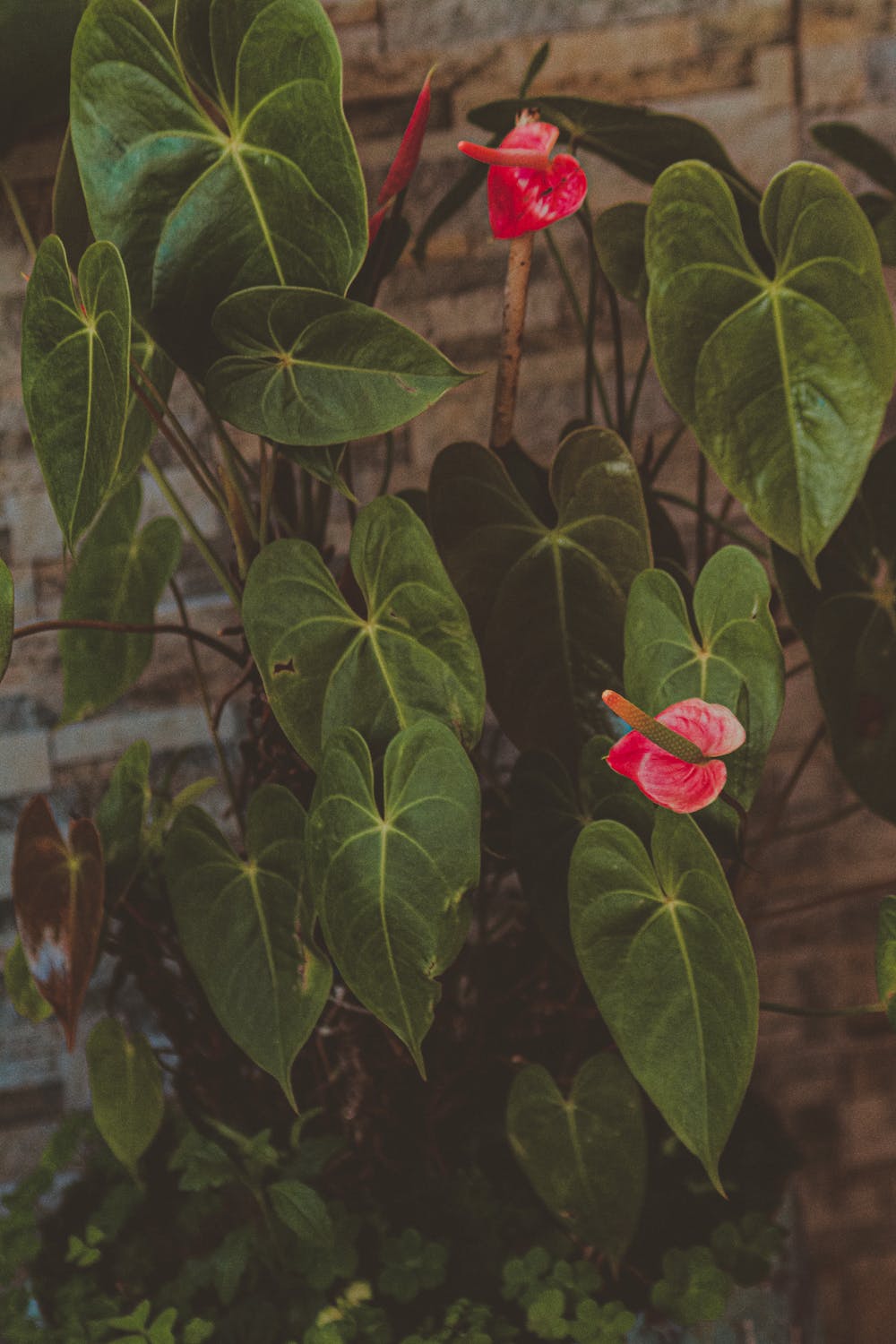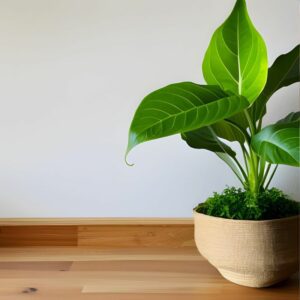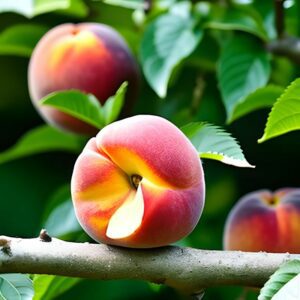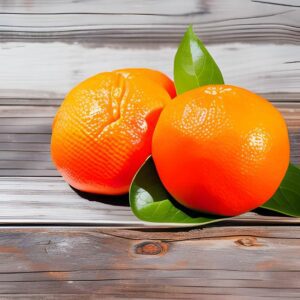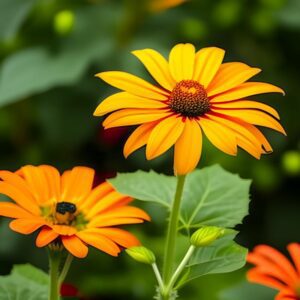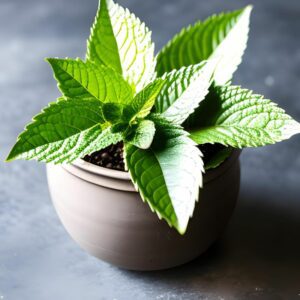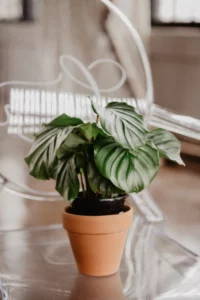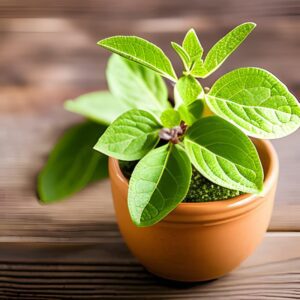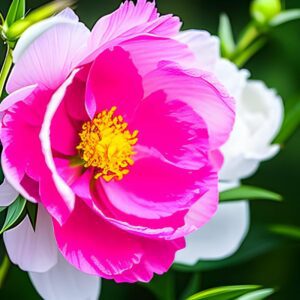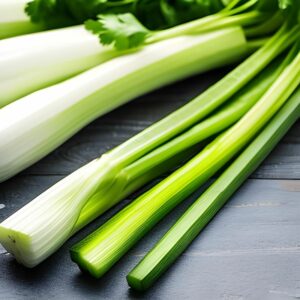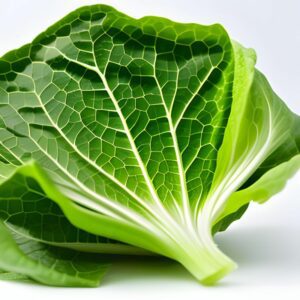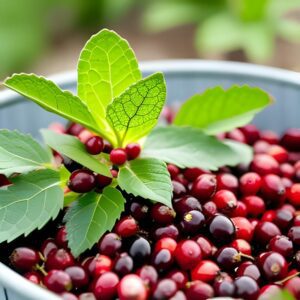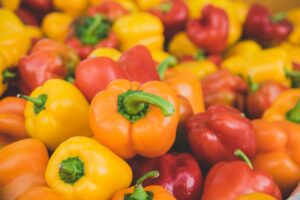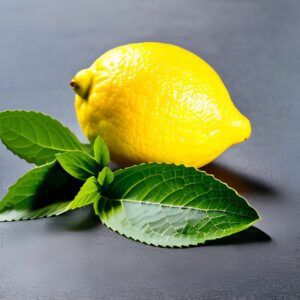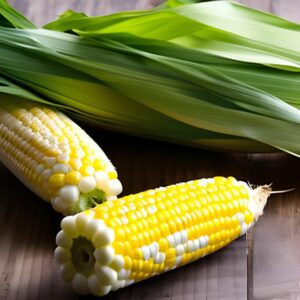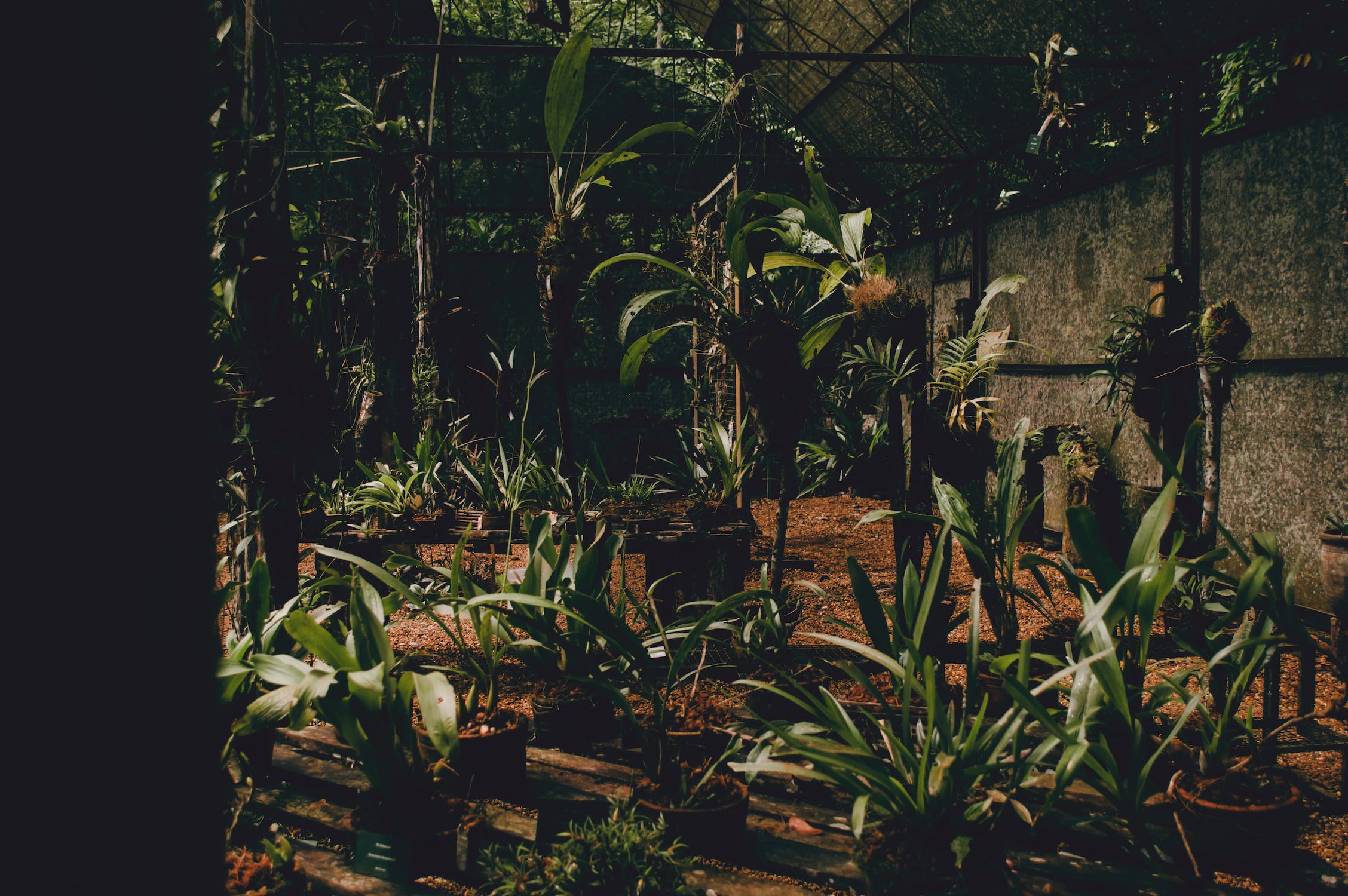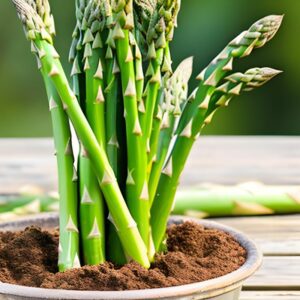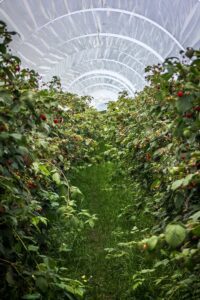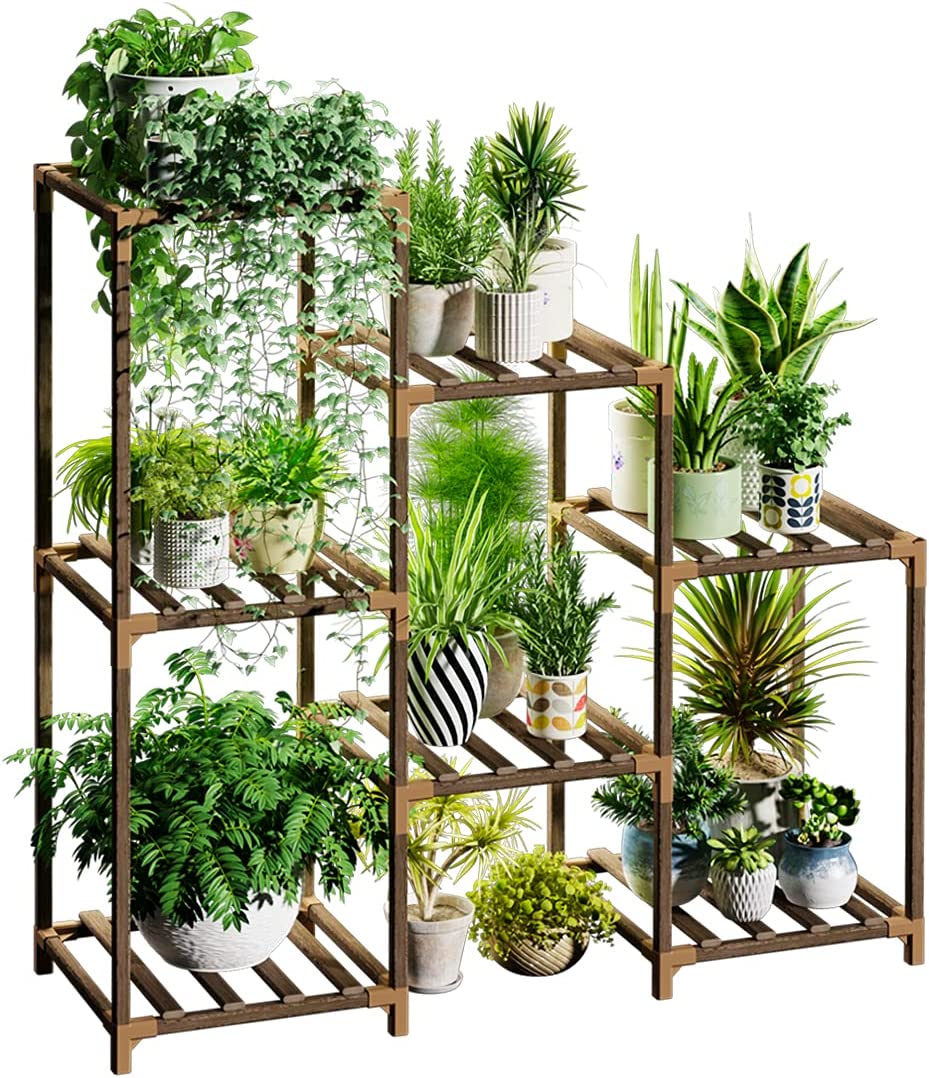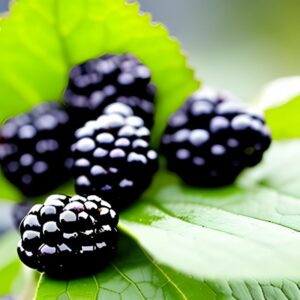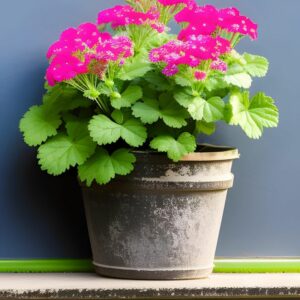Bell Pepper
Vegetables
- Central & North America
- Easy
- 60-90 Days
Introduction
Bell peppers, also known as sweet peppers or capsicums, are popular vegetables prized for their crisp texture and sweet flavor. They originate from Central and North America and are widely used in various cuisines.
Plant Characteristics
Bell pepper plants have a bushy growth habit with dark green leaves. The fruits are usually bell-shaped, with thick flesh that can come in various colors, such as green, red, yellow, or orange.
Ideal Growing Conditions
Bell peppers thrive in full sun, requiring at least 6-8 hours of direct sunlight daily. They prefer well-drained soil enriched with organic matter and a pH between 6.0 and 7.0.
Planting Guide
Start bell pepper seeds indoors 8-10 weeks before the last frost date or purchase young seedlings. Transplant them outdoors when the soil has warmed up and there is no risk of frost. Space plants 18-24 inches (45-60 cm) apart.
Watering and Fertilizing
Water bell pepper plants deeply and regularly, aiming to keep the soil consistently moist. Avoid overwatering or allowing the soil to become waterlogged. Fertilize with a balanced vegetable fertilizer according to package instructions.
Pruning and Maintenance
Pinch off the first flowers that appear to encourage the plant to focus on vegetative growth. Remove any damaged or diseased leaves or fruits. Stake taller varieties for support if needed.
Harvesting or Flowering
Harvest bell peppers when they reach their desired size and color. Typically, green peppers can be harvested earlier, while red, yellow, or orange ones are fully ripe. Use clean scissors or pruning shears to cut the fruits from the plant.
Post-Harvest Care
Store harvested bell peppers in the refrigerator, preferably in a perforated plastic bag, for up to two weeks. Avoid washing them until ready to use to maintain freshness.
Troubleshooting
Watch out for common issues like aphids, mites, or fungal diseases. Inspect the plants regularly and take appropriate measures, such as using organic insecticides or fungicides, if problems arise.
Fun Facts
Bell peppers are an excellent source of vitamins A and C. They are also known as “bell” peppers due to their bell-like shape and “sweet” peppers because of their mild, sweet flavor.
